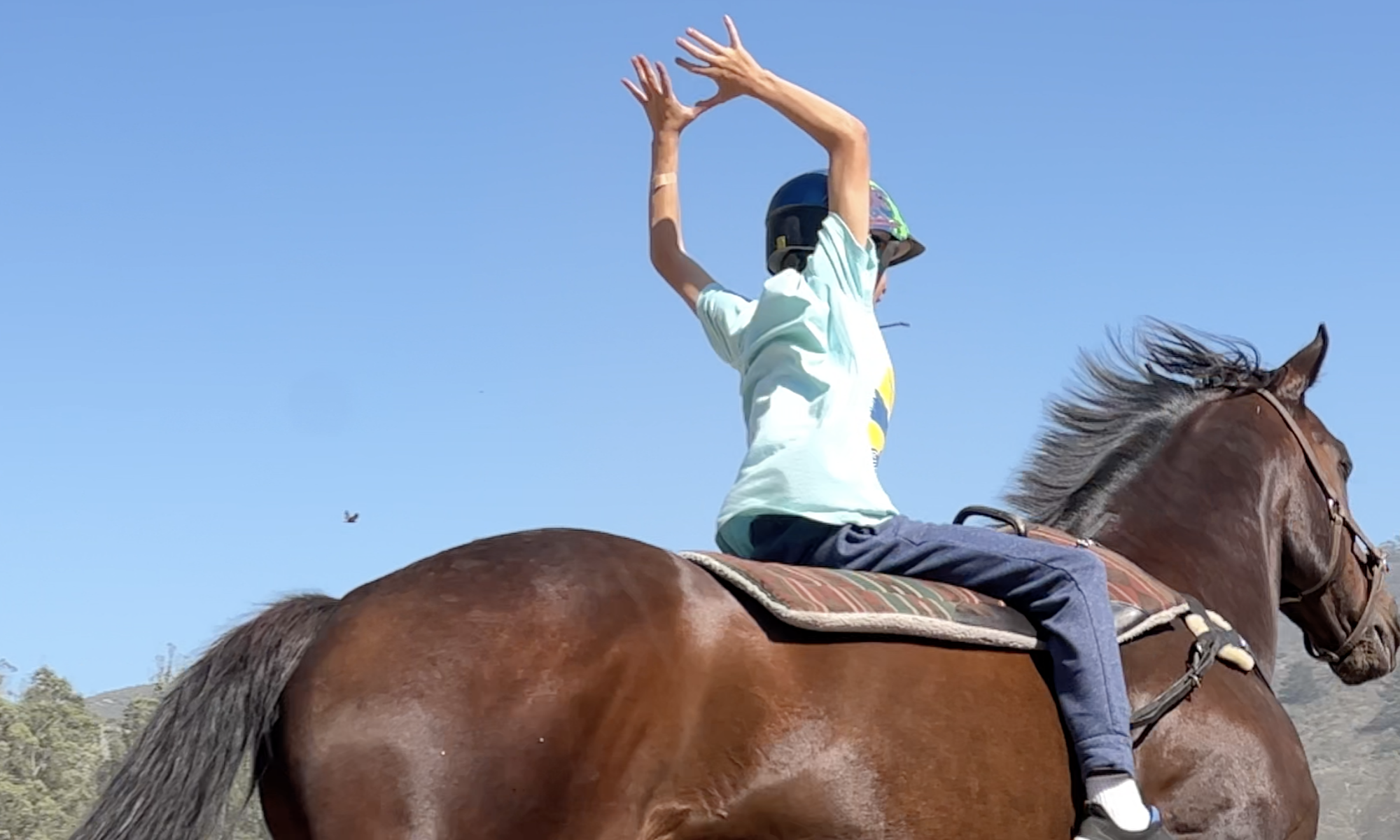I’ve got a lock of her tail in my pocket. I’ll probably wrap it in ribbon and gift it to a child who has fond memories of learning to ride on Willa.
She was probably 30 years old. I’d retired her several times, or tried to at least. Once to my friends’ rolling pastures not far from here. While there, she blithely pushed through electric fences to tour the neighborhood. I tried to retire her to a neighbor’s lovely green pasture only to find her impaled on an uncapped t-post. Both the vet and I felt that the hope of her recovering from that wound at her age were slim and we were both wrong. The vet would often ask to see her when visiting so that he could marvel at the tiny scar – all that was left of a deep, gaping wound.
When we moved to our new location, I thought for sure that I needed to find a retirement pasture for her. My staff rebelled and reminded me that pasture retirement hadn’t worked for her in the past. They wanted to keep her with us “until the end.” I gave in and once again, we put her back in the riding program lightly and she thrived on the attention and showed her particular spunk and spark to another generation of new riders.
“

“Willa was the horse who always knew which kids got under my skin – she bucked them off” I still laugh thinking that what my barn manager said was true. She was the horse who dealt out “attitude adjustments” with an uncanny skill.
A few months ago, we decided that Willa was fully retired and that her only job was to eat carrots and play in the turnout with the other school horses. Volunteers were always eager to brush her glossy black coat and take her for walks. We suspected that she was almost entirely blind. She developed a habit of ducking under her paddock fence in the middle of the night. We would show up in the morning to find her walking up and down the shed-row, helping herself to all of the food and treats to be found. She would greet you with a curious face as if to say “can you put me back in my stall? I’m very thirsty after all this eating.” All you could do was laugh as you cleaned up the mess she’d made during the night.
Willa sported a racing tattoo and we knew that she played competitive polo for many years. She had taken a tumble on the polo field and had injured her neck badly. She was easy to spot with her characteristic drooping head. Indeed, her original barn name was Willow and was shortened to Willa soon after. One could surmise from her build that she had had a few babies. I suspect that she served everyone who came across her with humility and grace. She was not one to demand attention and she had no bad habits. We loved her for her kindness, for her spunk, for her willingness to let us put just about anyone on her back. From what we know and what we can tell, she lived a long life of service to humans.
Today, I have to live with the fact that once again, I was required to play God and to make a decision to end suffering. The heaviness I feel right now is not doubt, nor is it regret. I did what I had to do and I had the excellent assistance and advice of our dear veterinarian, Dr. Ashton Cloninger who checked on her every day of the last 12 days of her long life. No, the heaviness I feel today is the knowledge that I must tell 100+ kids that Willa is no longer with us. Many of them had some of their earliest and best rides upon her strong back. All of them have fed her carrots and laughed at the curious faces she would make to entreat you to feed her another. I will console the kids and explain the beauty of the circle of life. I will wipe their tears away. I will gratefully accept the beautiful artwork and cards they will make, and when it is all said and done, I will be so lonely for my old friend.














